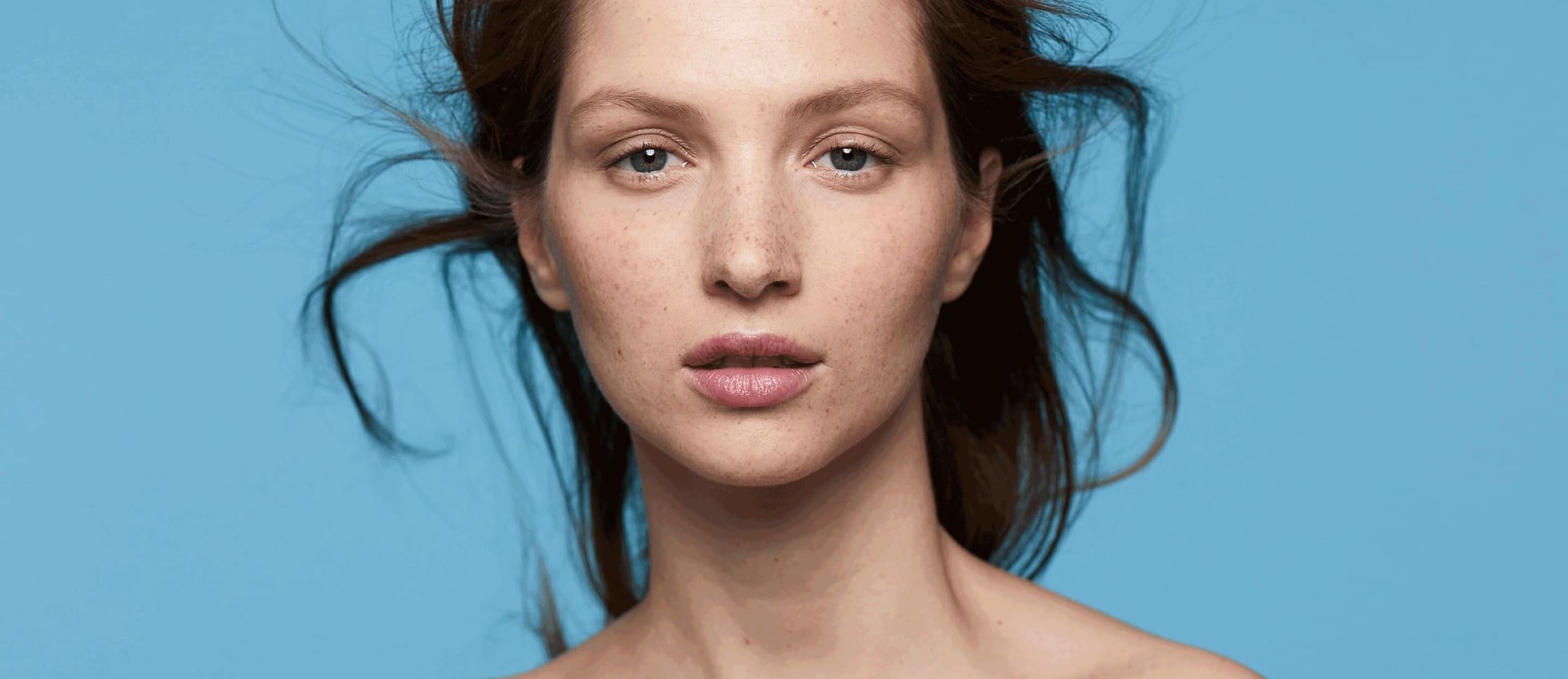SUMMARY OF THE KEY PREVENTION MEASURES
BEFORE TREATMENT
Prevent cutaneous infections while grooming
TO DO
Cleansing gels without soap (syndet, dermatological bar, milk) that respect the acidic pH of the skin (5.5)
TO AVOID
Ordinary soaps without physiological pH greater than 5.5 and Lotions with alcohol, perfumes, deodorant with fragrances
Prevent sunburns
TO DO
Use photoprotection when outdoors year-round (anti UVA high to very high / anti UVB: SPF 50)
TO AVOID
Sun exposure without protection
Caution: remember that UVAs are not filtered out by windows or clouds
Nail care
TO DO
Protect your nails with a strengthening nail polish
TO AVOID
Repeated manicures and/or pedicures
Cutting your nails too short
Foot baths in hot water
Prevent any kind of trauma
TO DO
Wear suitable shoes
Wear gloves when performing manual tasks
Take short showers at appropriate temperatures
Dry your skin without rubbing
TO AVOID
Shoe friction
Handiwork
Water that is too hot or too cold
Long baths or showers
Rubbing the skin with a towel
Sources Livret pharmaciens – gérer les effets secondaires cutanés des thérapies anti-cancer. [Booklet for pharmacists – managing the cutaneous side effects of cancer treatments. ESKIMO group round table: Bensadoun RJ, Dreno B, Humbert P, Krutmann J, Luger T, Rougier A, Triller R. *Updated in May 2016 by Professor Brigitte Dréno Director of the Department of Dermato Cancerology Director of the Unit of Gene and Cell Therapy Vice Dean for Research at the Faculty of Medicine Nantes France





